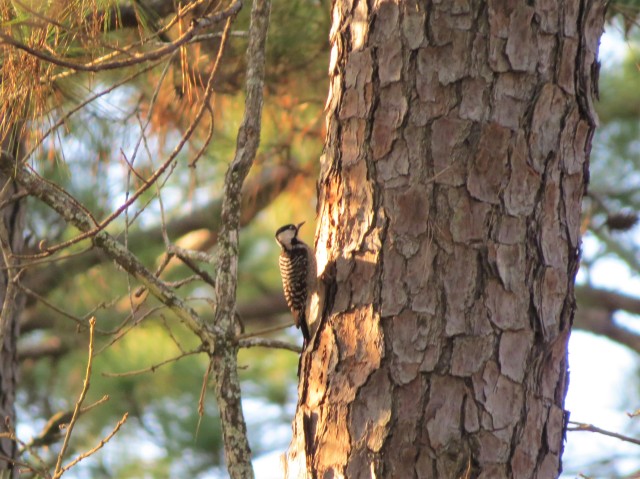
One of the many great things about eBird is that detailed information is available at the click of a mouse. You can go over all previous years’ sightings, birding trips, and put together any kind of statistics you feel like.
2018 was my second full year in Texas. Compared to 2017, I was more restricted in range, with no visits to north Texas or the Panhandle, and I ventured no further west than South Llano River State Park, and Lake Amistad.
Still, with 2018 being a great year for rarities, and thanks to an influx of normally scarce wintering birds, I managed to end up with a healthy 384 species seen in the state during the year. I recorded 369 complete checklists in eBird, an average of just over one per day, and finished in 40th place overall in the state rankings.
My overall Texas life list after exactly two years here stands at 455 species, and 97 counties birded.
In the table below, I have listed every county in which I saw more than 50 species in 2018. It was particularly satisfying to claim the number one spot in Comal on the last day of the year, the first time I have ever topped a county ranking list.
| Rank | County | Species seen | Total checklists | eBird ranking |
| 1 | Jefferson | 203 | 16 | 9th |
| 2 | Brazoria | 192 | 25 | 9th |
| 3 | Harris | 173 | 141 | 28th |
| 4 | Comal | 168 | 54 | 1st |
| 5 | Chambers | 166 | 10 | 11th |
| 6 | Galveston | 164 | 29 | 67th |
| 7 | Bexar | 115 | 8 | 70th |
| 8 | Colorado | 91 | 9 | 11th |
| 9 | Hidalgo | 86 | 4 | 784th |
| 10 | Cameron | 70 | 3 | 816th |
| 11 | Kimble | 68 | 3 | 78th |
| 12 | Fort Bend | 66 | 5 | 67th |
| 13 | Waller | 65 | 6 | 34th |
| 14 | Aransas | 64 | 3 | 176th |
| 15 | Val Verde | 63 | 4 | 37th |
| 16 | McMullen | 63 | 3 | 31st |
| 17 | Bandera | 50 | 2 | 50th |
Month by month:
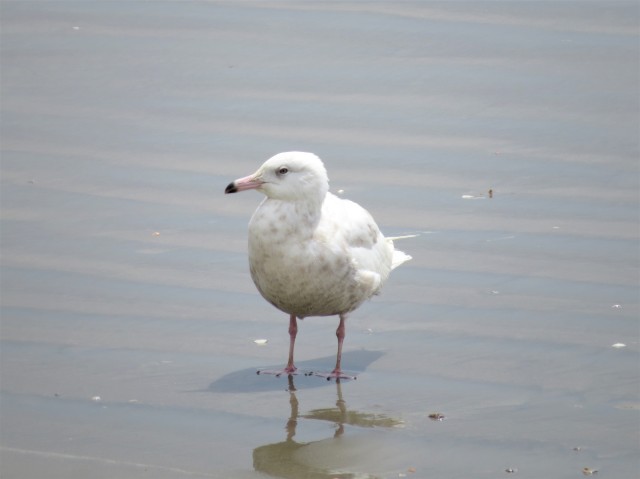
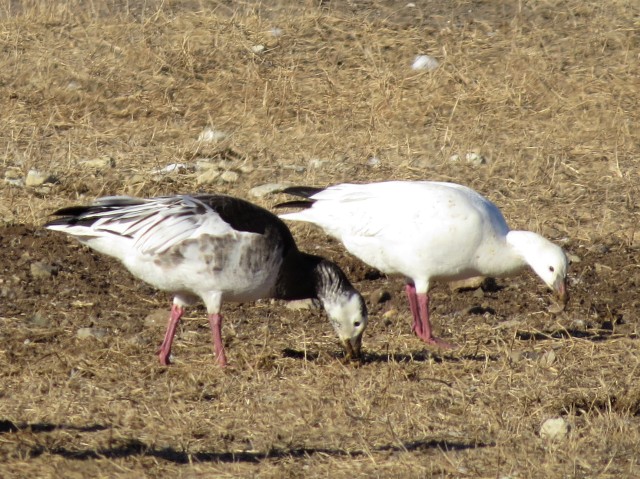
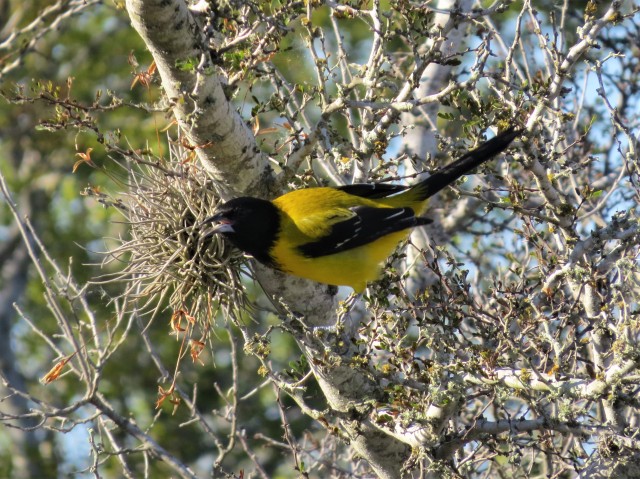
January 2018: Total species seen 209, total checklists 80. Year list as of 01/31: 209
My first five species of the year on a cold, windy morning at Brushline Road in Hidalgo County included Common Pauraque and Wild Turkey. I went on to see over 100 species on the first day of the year – including Tamaulipas Crow at Goose Island State Park!
Other highlights of the month included a rare blue-phase Ross’s Goose in Atascosa county, prolonged views of several Virginia Rails out in the open at Tyrrell Park in Beaumont, two Glaucous Gulls and a midwinter Franklin’s Gull, a hybrid Cinnamon/Blue-winged Teal, and some scarce wintering birds, notably the regular returning Greater Pewee at Bear Creek Park, and a superb Black-throated Gray Warbler in Galveston.
An epic day at Granger Lake resulted in sightings of Mountain Plover, McCown’s and Lapland Longspurs, Short-eared Owl and American Woodcock.


February 2018: Total species seen 115, total checklists 25. Year list as of 02/28: 222
My Texas birding was limited due to spending 9 days in Costa Rica (where my haul was 328 species including 99 lifers).
Back in Texas, the month was notable (in a bad way) for dipping the famous Elegant Trogon in Landa Park, New Braunfels, on no fewer than three occasions. A Rusty Blackbird nearby was only a small consolation, but both Rock Wren and Canyon Wren together at the Canyon Lake dam was a most useful double as I see these species only rarely in central Texas.

March 2018: Total species seen 163, total checklists 40. Year list as of 03/31: 248
In mid-month I began my intensive spring coverage of the Edith L Moore nature sanctuary in Houston (full report here). March’s only notable rarity was the pair of Surf Scoters at Frenchtown Road on the Bolivar peninsula, but birding was lively throughout, with several early migrants including Blue-winged and Kentucky Warblers making their way onto my list by the end of the month.
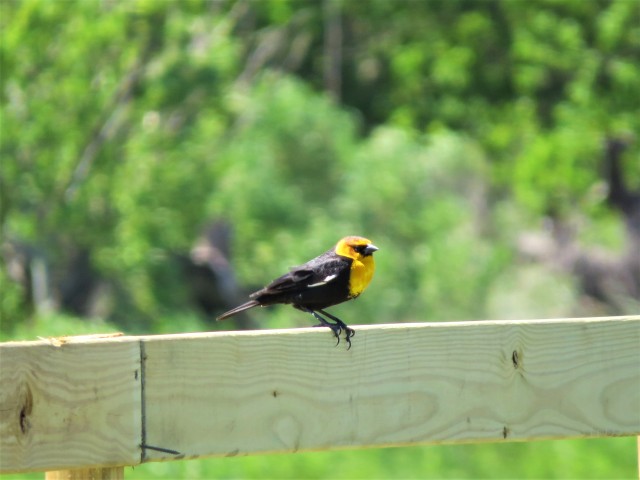
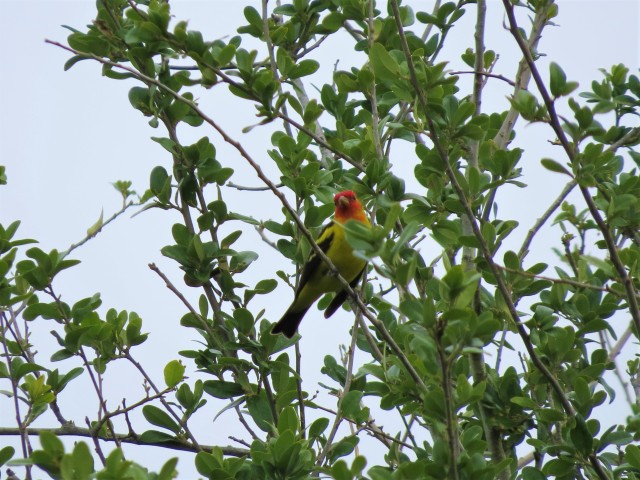
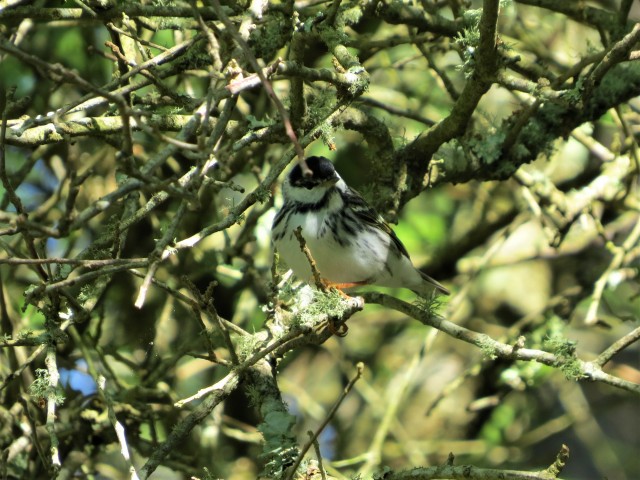
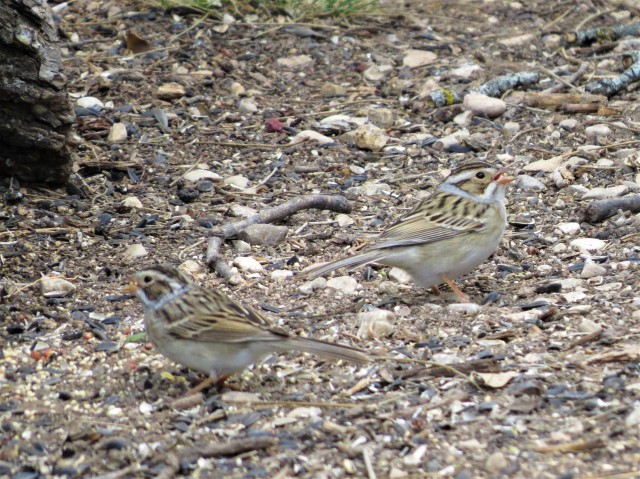
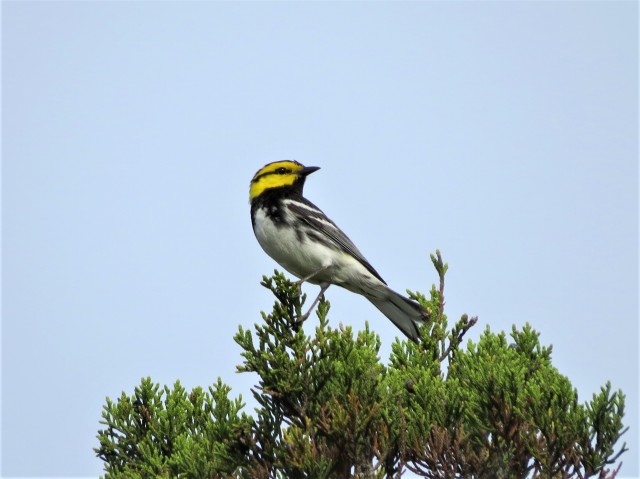
April 2018: Total species seen 243, total checklists 89. Year list as of 04/30: 319
April is generally recognized as the best month for birding in Texas, and this month didn’t disappoint with 243 species seen. Rarities comprised a drake Eurasian Wigeon at Katy Prairie, a male Western Tanager in Sabine Woods, and a male Yellow-headed Blackbird near Sabine Pass.
My go-to migrant spot, Sabine Woods, was at times spectacular during the month with the full range of warblers seen including Cerulean, Prairie, and Blackpoll.
I rounded out April with a morning at South Llano River State Park in west central Texas, a fantastic site good for breeding Black-capped and Bell’s Vireos, Golden-cheeked Warbler, Scott’s Oriole, Zone-tailed Hawk and lots of sparrows including smart spring-plumaged Clay-colored Sparrows.

May 2018: Total species seen 197, total checklists 59. Year list as of 05/31: 336
In stark contrast to an above-average April migration season, May quickly fizzled out with just a scattering of late passerine migrants seen.
However, there were still some impressive shorebird flocks around early in the month, including Hudsonian Godwit, and Baird’s and Buff-breasted Sandpipers. A flock of Bobolinks and a very late Cerulean Warbler provided sparkle at Sabine Woods, but a Brown Booby at Calaveras Lake in San Antonio was the only bona fide rarity I encountered during the month.
By late May I was reduced to picking at scraps such as breeding Swallow-tailed Kites in Liberty and Brown-headed Nuthatch in Montgomery county.
June 2018: Total species seen 70, total checklists 12. Year list as of 06/30: 338
I barely added anything in June, Texas’s worst birding month, partly due to being out of the country for half the month in France. My quest for Hairy Woodpecker in forested areas north of Houston continued with no success.
July 2018: Total species seen 136, total checklists 25. Year list as of 07/31: 340
A painfully slow start to the month which redeemed itself slightly when shorebird passage got going later on. My July highlight was a distant Red-necked Phalarope at Mitchell Lake in San Antonio.
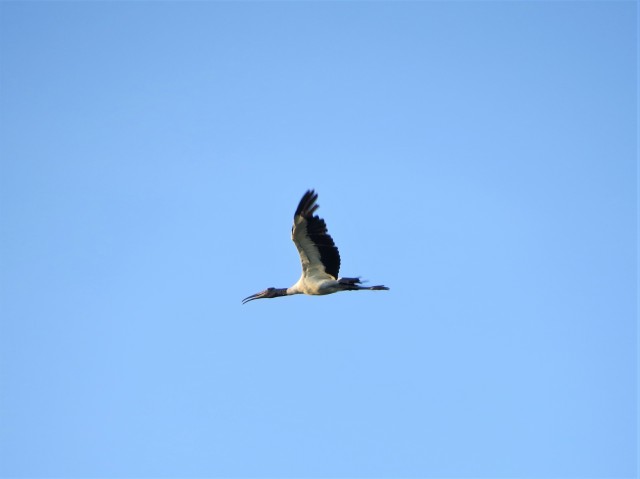
August 2018: Total species seen 151, total checklists 29. Year list as of 08/31: 343
Summer seems to last forever in Texas but at least birds start moving through in August. Empidonax flycatchers were in evidence in my weekend yard in Comal with Willow Flycatcher and up to 5 Least Flycatchers present most of the month. An Alder Flycatcher in Fort Bend was an overdue lifer. Late summer is good for Wood Stork in Texas, and I saw them in both Brazoria and Chambers during August.
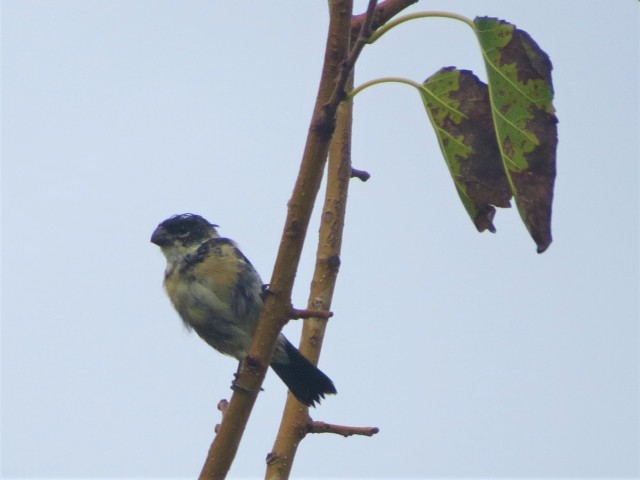
September 2018: Total species seen 160, total checklists 50. Year list as of 09/30: 354
The outstanding visit of the month was a trip to the Rio Grande near Del Rio, an underbirded area with a nice combination of “western” and “southern” species. Year list additions here comprised the newly split Mexican Duck, Ringed Kingfisher, Black Phoebe, Cactus Wren, Hooded Oriole, and the area specialty Morelet’s Seedeater, a bird with an extremely restricted range in the US.
However, perhaps my most memorable August bird was the pristine male Mourning Warbler hopping around on the mud at Mitchell Lake in San Antonio!

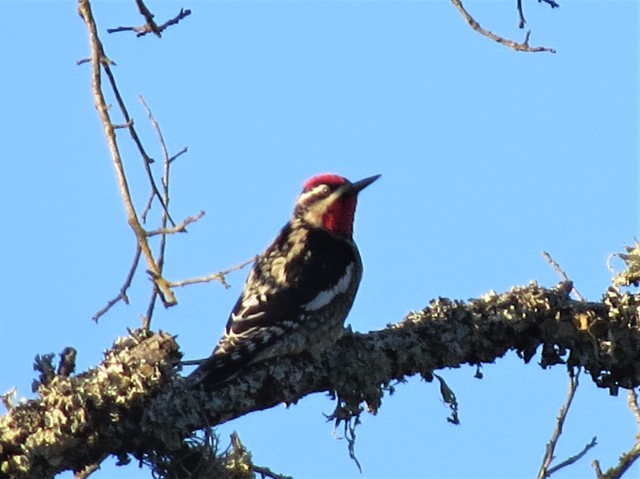
October 2018: Total species seen 145, total checklists 21. Year list as of 10/31: 360
Without a doubt, the most spectacular bird of October 2018 for me and many other Houston birders was the totally unexpected appearance of a Flammulated Owl in Sue Orwig’s yard in west Houston. It’s hard to imagine a more unlikely event in birding!
I finally found my lifer Black-billed Cuckoo at Quintana, and also a self-found male Red-naped Sapsucker in central Texas, and enjoyed some above-average fall migration including Cape May Warbler at Sabine Woods.
For part of the month I was on the Yucatan peninsula in Mexico, which supplied a handful of lifers and some great birding, see report here.

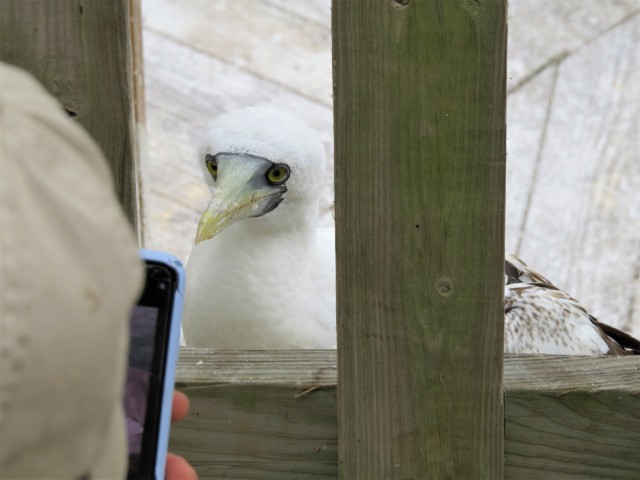

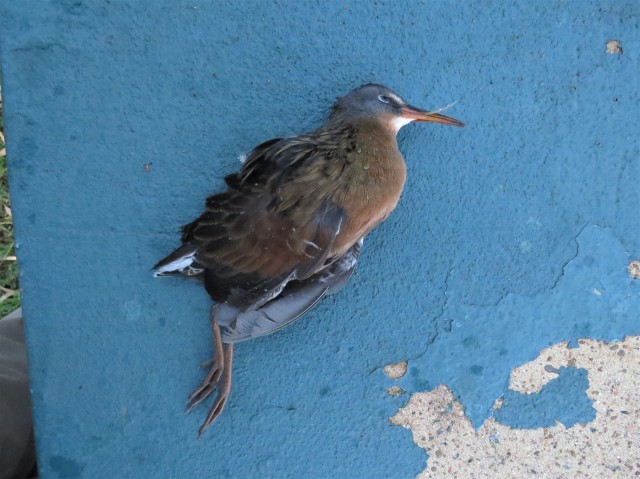

November 2018: Total species seen 194, total checklists 36. Year list as of 11/30: 377
April wins most people’s award for the best birding month in Texas, but I’m going to opt for November as being a close second. Late fall migrants, as well as big influxes of wintering species with the first cold fronts, make for spectacular birding in pleasant weather conditions.
Standout birds this November included the first Purple Finches of what would prove to be a record-breaking winter for them – with other normally-scarce species such as Black Scoter and Red-breasted Nuthatch also arriving in far larger than usual numbers.
Jason Loghry and I headed to the Lower Rio Grande Valley for my first proper visit this year (not counting the few post-dawn hours I spent at Brushline Road on January 1st), and racked up plenty of great sightings including Masked Booby, Roadside Hawk, and Hook-billed Kite.
In fact it was a spectacular month for hawks, with 16 species seen, pretty much a clean-up of all possible species including Zone-tailed and Ferruginous.
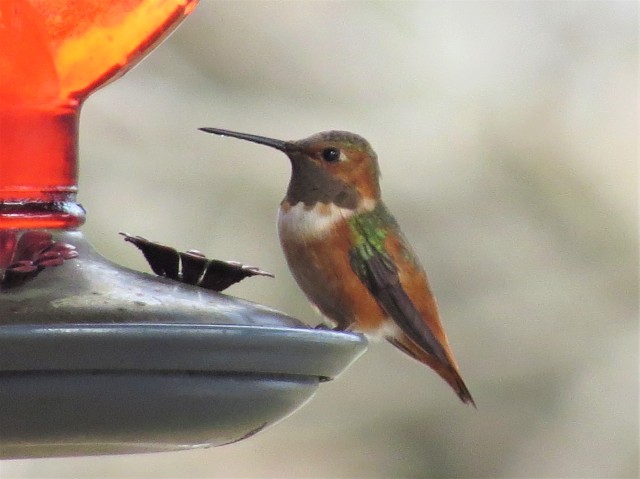
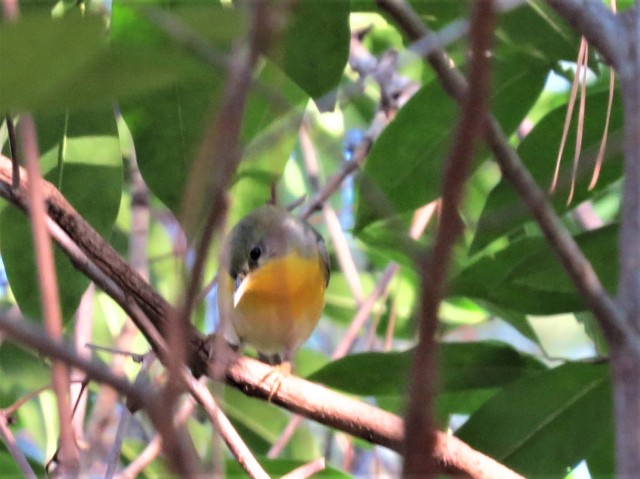
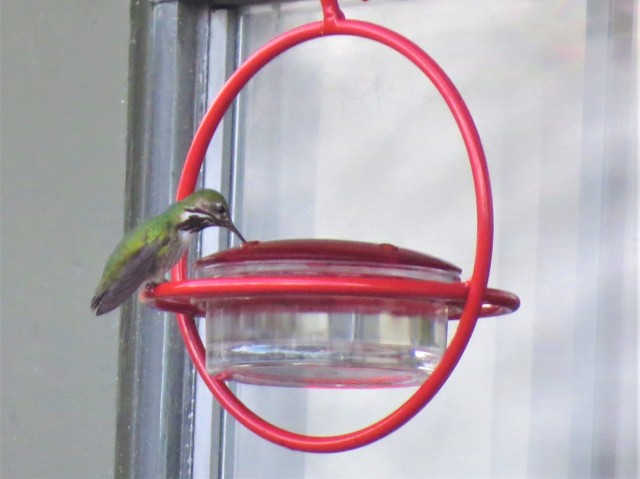
December 2018: Total species seen 164, total checklists 33. Year list as of 12/31: 384
The year ended with a bang with the finding of two excellent local rarities – in fact probably my two best “self found” birds in Texas to date: a Tropical Parula at Edith L Moore, which gave birders the runaround but eventually showed for most visitors; and a male Allen’s Hummingbird which became an increasingly regular visitor to our yard feeders in New Braunfels from mid-month onwards.
Neither of these birds was straightforward; my initial photos of the parula did not exclude a hybrid and it was almost a week until Janet Rathjen obtained the photos that did, while the hummingbird still hasn’t obliged for “spread tail” photos but the all-green back is a clincher and it has been accepted by eBird. It is still present and visiting the feeders regularly as of February 1st.
Another notable hummingbird was the male Calliope Hummingbird in New Braunfels on the last day of the year, which I saw thanks to some “insider info”. This is the regular returning male for at least the last 5 years, but which has not been reported on eBird since 2017 and I had no idea it was still present.
In summary, not quite a repeat of 2017’s 424 species, but a satisfying year nonetheless; I am hoping to make it back to West Texas in 2019 which should once again put the 400 species mark within reach.
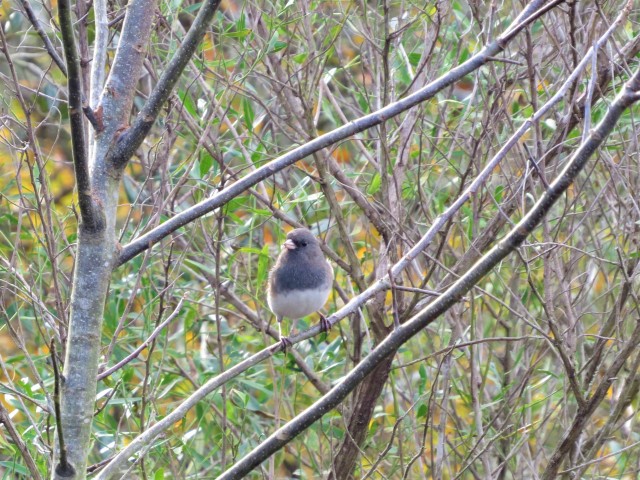
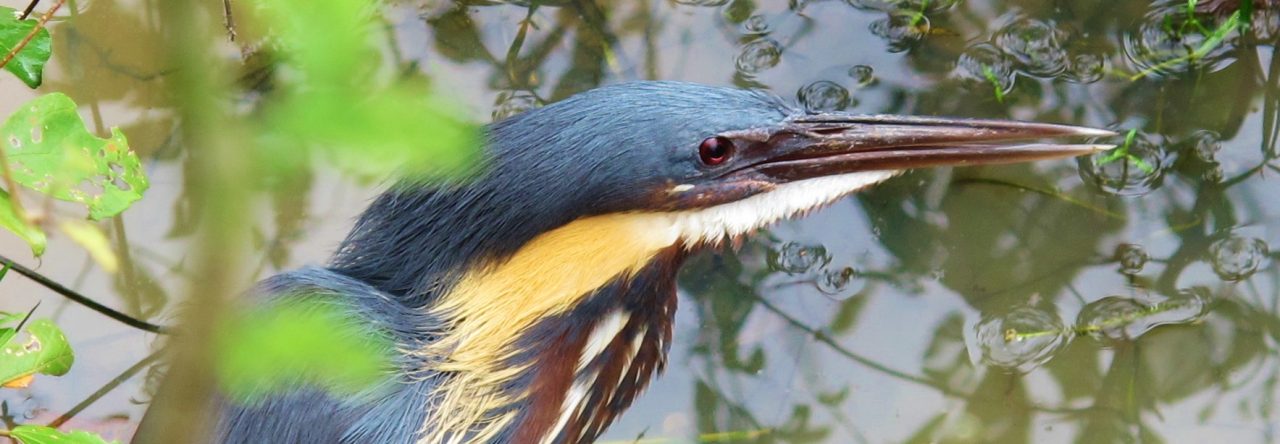
Always enjoy your reports, Dom! Between the flammulated owl and your parula, I really missed out on some fireworks around Edith L. Moore since moving to Fort Worth this summer. I will really miss it come spring migration, but a wedding in Crystal Beach in mid-April should at least give me a chance to check out High Island!
LikeLike
Hi Erik, good to hear from you! Yes, a mid-April wedding in Crystal Beach is one that no birder would decline to attend! Flammulated Owl and Tropical Parula were both great birds indeed, both totally unexpected – I wonder if any similar surprises are in store for the spring? Hope all is well in Fort Worth. You should let me know when you’re next down here and we can get some birding in!
LikeLike